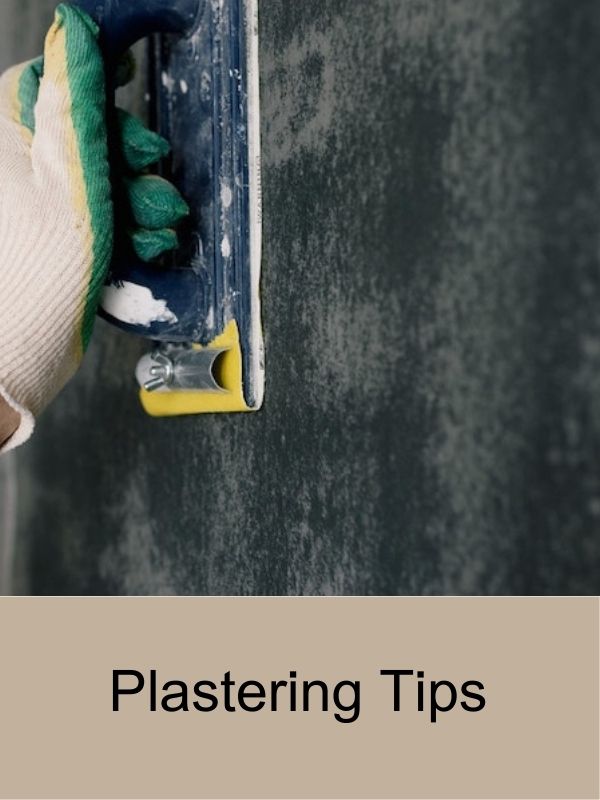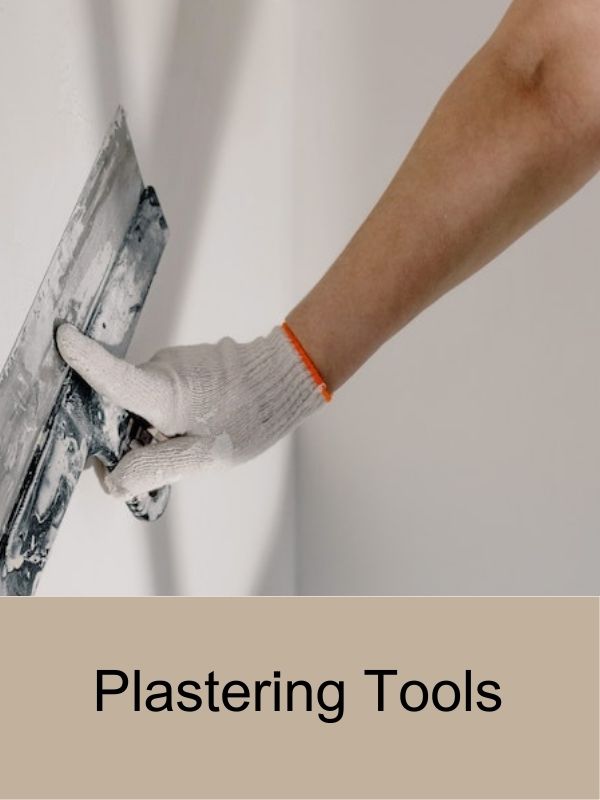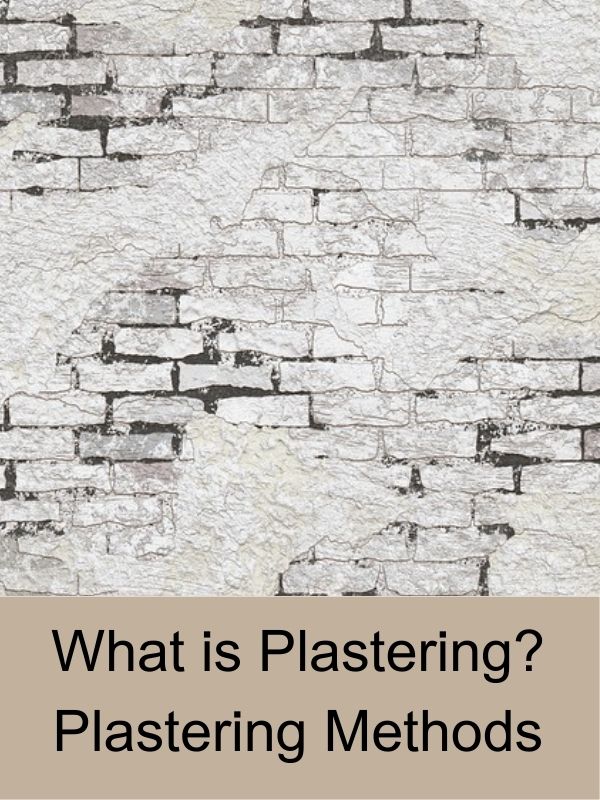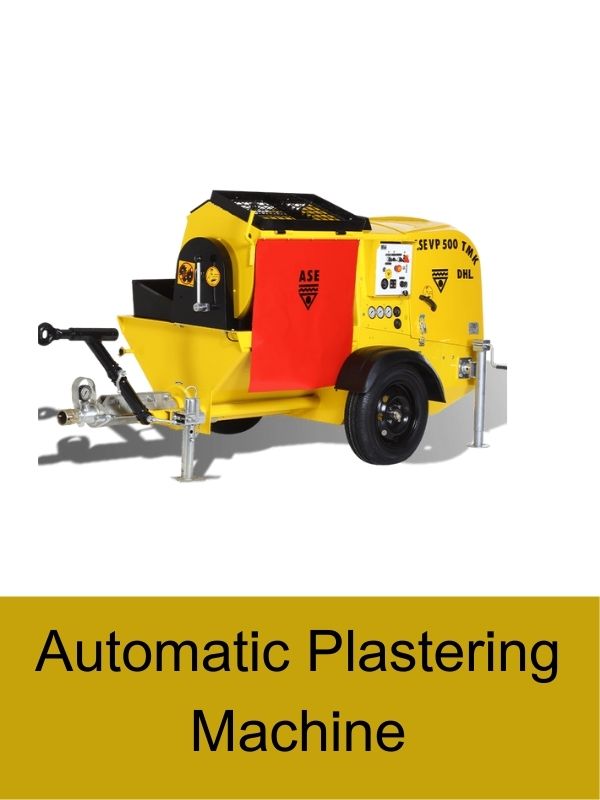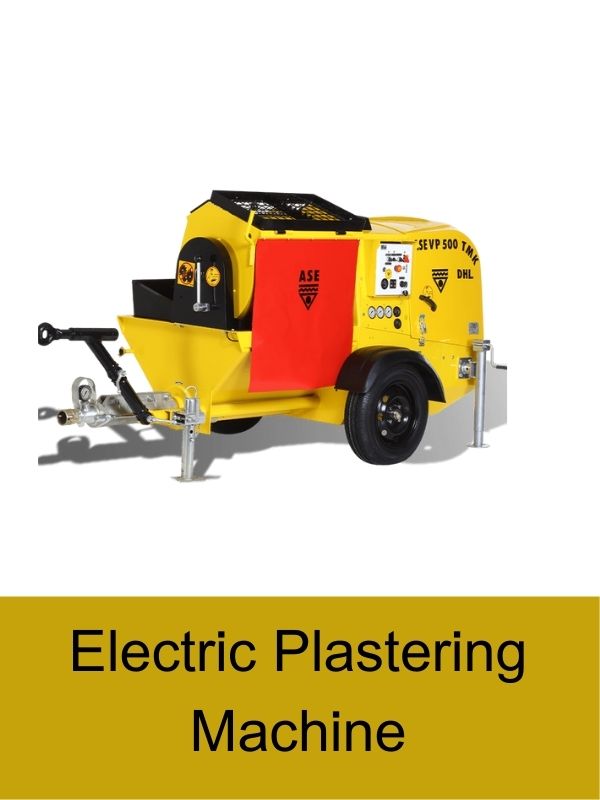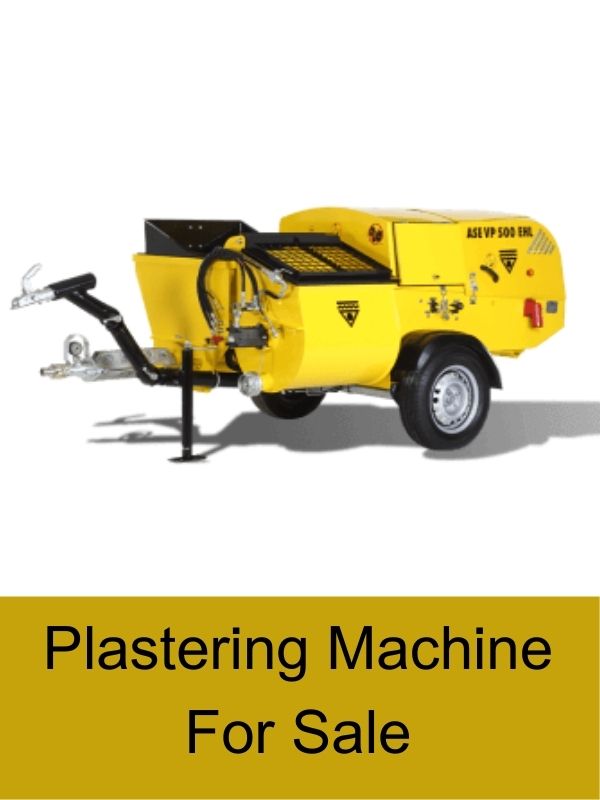In the construction and remodeling industry, achieving the perfect consistency and homogeneity in plaster mixtures is crucial for obtaining high-quality results. Manual mixing can be time-consuming and physically demanding, which is where a plaster mixer becomes an invaluable tool. In this article, we will explore the different types of plaster mixers, factors to consider when choosing one, a step-by-step guide to using it effectively, and other essential tips for optimal results.
I. Introduction
A. What is a plaster mixer?
A plaster mixer is a specialized construction tool designed to blend various materials, such as plaster, cement, mortar, and other building compounds. It consists of a motor-driven mechanism, typically with rotating blades or paddles, that thoroughly mixes the ingredients together. This mechanical mixing process ensures a consistent and homogeneous mixture, eliminating manual effort and saving time.
B. Importance of using a plaster mixer
Using a plaster mixer offers several advantages over traditional manual mixing methods. It allows for faster and more efficient mixing, resulting in a more consistent blend of materials. Additionally, a plaster mixer reduces physical strain on workers, increases productivity, and ensures the plaster mixture’s quality and uniformity.
II. Types of plaster mixers
There are different types of plaster mixers available, each with its own set of features and benefits. Let’s explore the most common types:
A. Electric plaster mixers
Electric plaster mixers are powered by electricity, making them convenient and easy to use. They come in various sizes and capacities, suitable for both small-scale and large-scale projects. Electric mixers provide consistent mixing speed and are often equipped with safety features like overload protection.
B. Paddle plaster mixers
Paddle plaster mixers have blades that resemble paddles, attached to a rotating shaft. These mixers are commonly used for smaller projects and are handheld or attached to a drill. Paddle mixers are versatile and can handle different materials, including plaster, paint, and adhesives.
C. Drum plaster mixers
Drum plaster mixers consist of a cylindrical drum that rotates to mix the materials. These mixers are often used for larger construction projects, such as plastering walls or floors. They are efficient and can handle larger quantities of plaster, saving time and effort.
Related Content : Plastering Machine Suppliers

III. Factors to consider when choosing a plaster mixer
When selecting a plaster mixer, several factors should be taken into account to ensure the right tool for the job. Consider the following aspects:
A. Power and capacity
The power and capacity of the plaster mixer are crucial, as they determine the amount of material it can handle and the speed at which it mixes. Assess the project requirements and choose a mixer with sufficient power and capacity for efficient mixing.
B. Mixing speed and efficiency
The mixing speed and efficiency of a plaster mixer contribute to its overall performance. Look for mixers that offer variable speed settings to accommodate different materials and mixing requirements. High-speed mixing can significantly improve productivity and achieve the desired consistency quickly.
C. Portability and maneuverability
Portability and maneuverability are essential considerations, especially for projects that require mobility or access to tight spaces. Handheld paddle mixers or compact electric mixers are suitable for smaller jobs, while larger drum mixers may be necessary for extensive projects.
D. Durability and maintenance
Investing in a durable plaster mixer is vital for long-term use. Look for mixers made from robust materials and with features that enhance durability. Additionally, consider the ease of maintenance and availability of spare parts to ensure hassle-free operation.
IV. Step-by-step guide to using a plaster mixer
Proper usage of a plaster mixer is essential to achieve consistent and well-mixed plaster. Follow these steps for optimal results:
A. Preparing the workspace
Before starting, ensure that the workspace is clean and free from debris. Remove any objects that may interfere with the mixing process. Additionally, wear appropriate safety gear such as gloves, goggles, and a dust mask to protect yourself.
B. Assembling the plaster mixer
Follow the manufacturer’s instructions to assemble the plaster mixer properly. Attach the necessary attachments or blades securely. Check all the components for any damage or signs of wear before use.
C. Adding materials and water
Measure the required amount of plaster and other materials accurately, following the instructions provided by the manufacturer. Add the materials to the mixing container or drum. Gradually add water while the mixer is running, maintaining the recommended water-to-plaster ratio.
D. Mixing the plaster
Start the plaster mixer and gradually increase the speed to achieve optimal mixing. Move the mixer around the container or drum in a circular or figure-eight motion to ensure thorough blending. Continue mixing until the plaster is uniform and free from lumps.
E. Consistency and texture adjustments
Check the consistency and texture of the mixed plaster. If needed, make adjustments by adding small amounts of water or dry mix to achieve the desired consistency. Be cautious not to add excessive water, as it can weaken the plaster’s integrity.
V. Tips for using a plaster mixer effectively
To maximize the benefits of using a plaster mixer, consider the following tips:
A. Proper safety precautions
Always prioritize safety when using a plaster mixer. Wear appropriate protective gear, avoid loose clothing or accessories, and keep long hair tied back. Be mindful of your surroundings and ensure proper ventilation in the workspace.
B. Cleaning and maintenance
After each use, clean the plaster mixer thoroughly to prevent dried residue from affecting future mixes. Follow the manufacturer’s cleaning instructions and remove any debris or excess material. Regular maintenance, such as lubrication and blade inspection, will extend the mixer’s lifespan.
C. Using the right mixing technique
Mastering the proper mixing technique is crucial for achieving consistent results. Familiarize yourself with the recommended motion and speed for the specific mixer you are using. Practice the technique and make adjustments as necessary to achieve the desired plaster texture.
VI. Common mistakes to avoid when using a plaster mixer
To ensure optimal performance and avoid potential issues, be aware of the following common mistakes when using a plaster mixer:
A. Overloading the mixer
Avoid exceeding the maximum capacity of the plaster mixer. Overloading can strain the motor, affect mixing efficiency, and potentially damage the mixer. Follow the manufacturer’s guidelines regarding the maximum load capacity.
B. Incorrect water-to-plaster ratio
Maintaining the correct water-to-plaster ratio is crucial for achieving the desired plaster consistency. Adding too much or too little water can result in an uneven mix, affecting the plaster’s quality and durability. Follow the recommended ratio specified by the manufacturer.
C. Inadequate mixing time
Insufficient mixing time can result in an inconsistent blend of materials. Ensure that you mix the plaster for the recommended duration to achieve a homogeneous mixture. Rushing the process may compromise the plaster’s strength and overall quality.
VII. Advantages of using a plaster mixer
Using a plaster mixer offers several advantages that contribute to efficient and high-quality plaster mixing:
A. Consistent and homogeneous mix
A plaster mixer ensures that the materials are thoroughly blended, resulting in a consistent and homogeneous mix. This consistency translates to better workability, improved bond strength, and enhanced overall quality of the plaster.
B. Time and labor savings
Manual mixing can be time-consuming and physically demanding. A plaster mixer significantly reduces the time and effort required to achieve a well-mixed plaster. This time-saving aspect enhances productivity and allows workers to focus on other essential tasks.
C. Reduced physical strain
Mixing plaster manually can strain the body, especially when dealing with large volumes. By utilizing a plaster mixer, physical strain is minimized, reducing the risk of injuries and fatigue. This allows workers to maintain productivity and work comfortably.
VIII. Best practices for storing a plaster mixer
Proper storage and maintenance of a plaster mixer ensure its longevity and optimal performance. Follow these best practices:
A. Cleaning and drying the mixer
After each use, clean the plaster mixer thoroughly to remove any residual material. Dry all components properly to prevent the growth of mold or rust. Inspect the mixer for any signs of damage or wear and address them promptly.
B. Proper storage conditions
Store the plaster mixer in a clean, dry, and well-ventilated area. Avoid exposure to extreme temperatures, direct sunlight, or moisture. Keep the mixer in an upright position, preferably on a dedicated shelf or rack, to prevent accidental damage.
C. Regular inspections and maintenance
Periodically inspect the plaster mixer for any signs of wear, loose components, or damage. Lubricate the moving parts as recommended by the manufacturer. Address any issues promptly and seek professional assistance if necessary.
IX. Conclusion
A plaster mixer is an essential tool for achieving consistent and high-quality plaster mixes in construction and remodeling projects. By utilizing the appropriate type of mixer, following the correct techniques, and considering the necessary factors, you can ensure efficient and successful plaster mixing. Embrace the benefits of a plaster mixer to save time, reduce physical strain, and achieve excellent results in your plastering endeavors.
X. FAQs (Frequently Asked Questions)
- Q: What safety precautions should I take when using a plaster mixer? A: When using a plaster mixer, wear protective gear such as gloves, goggles, and a dust mask. Avoid loose clothing or accessories that could get caught in the mixer. Ensure proper ventilation in the workspace.
- Q: How do I clean a plaster mixer after use? A: Clean the plaster mixer thoroughly after each use. Follow the manufacturer’s instructions for cleaning and removal of dried residue. Ensure all debris and excess material are removed to maintain the mixer’s performance.




